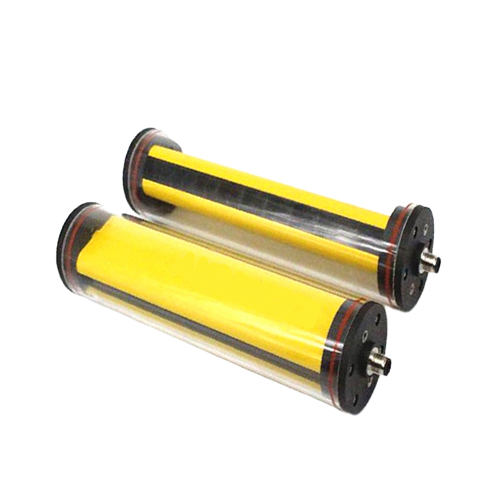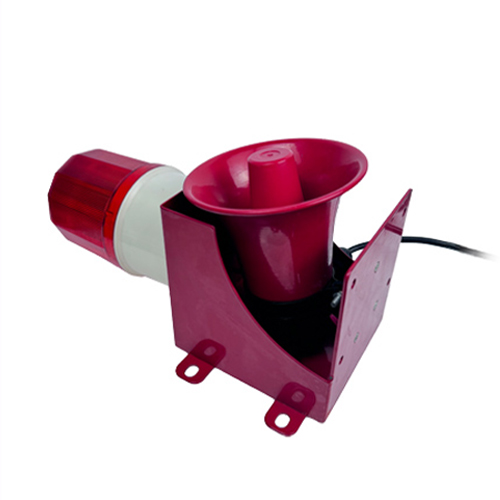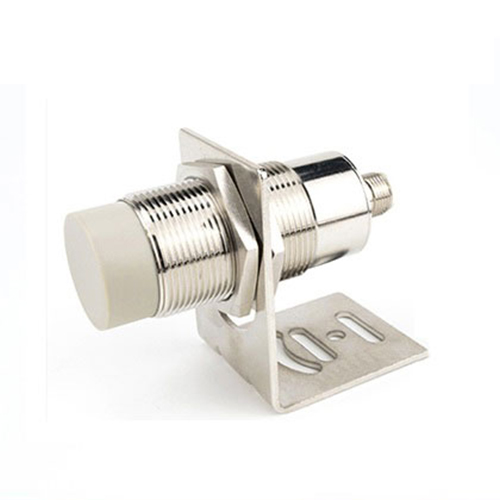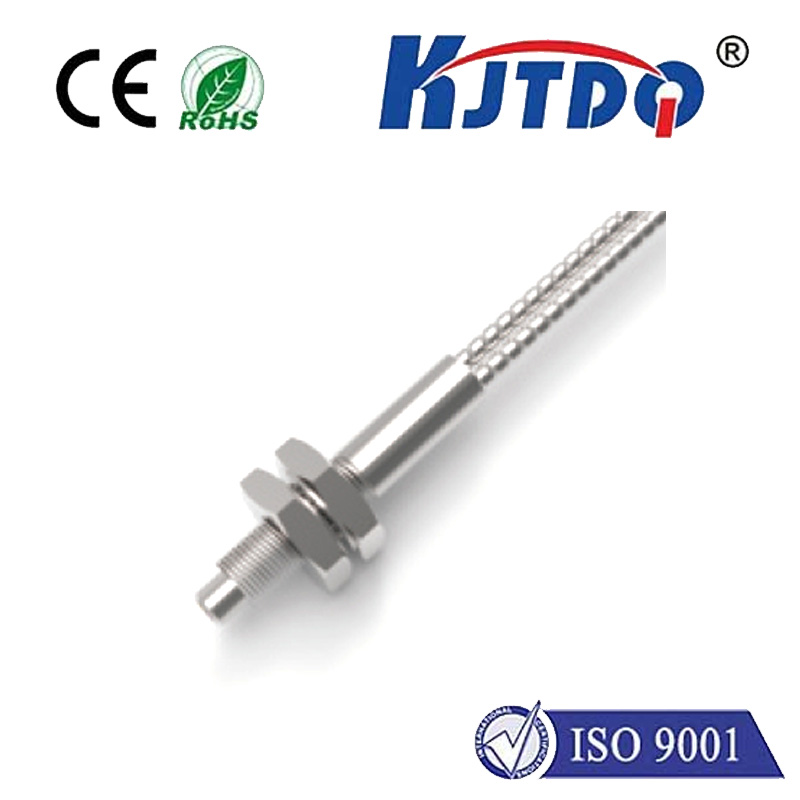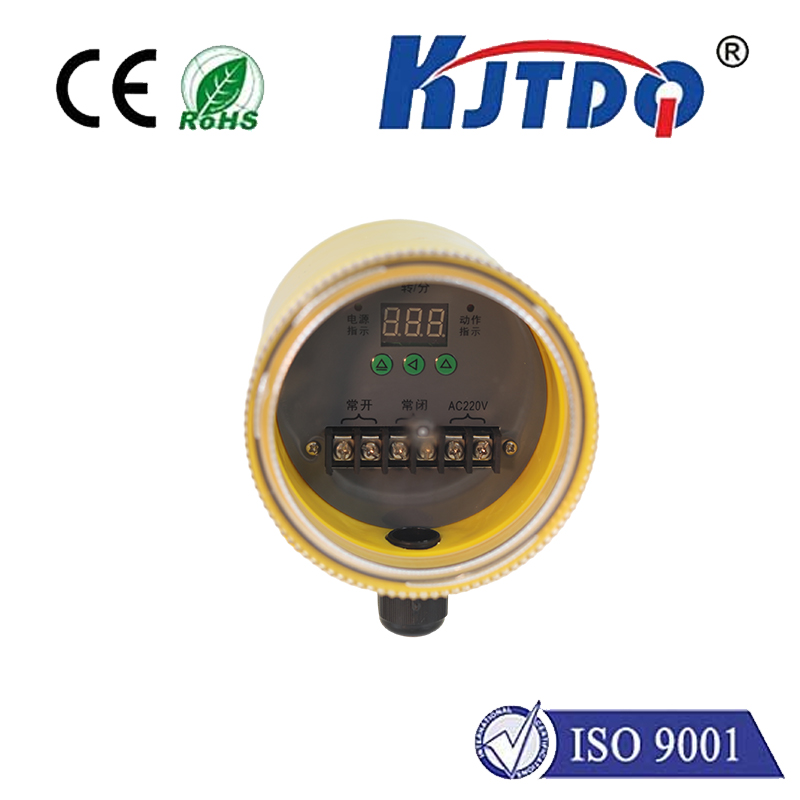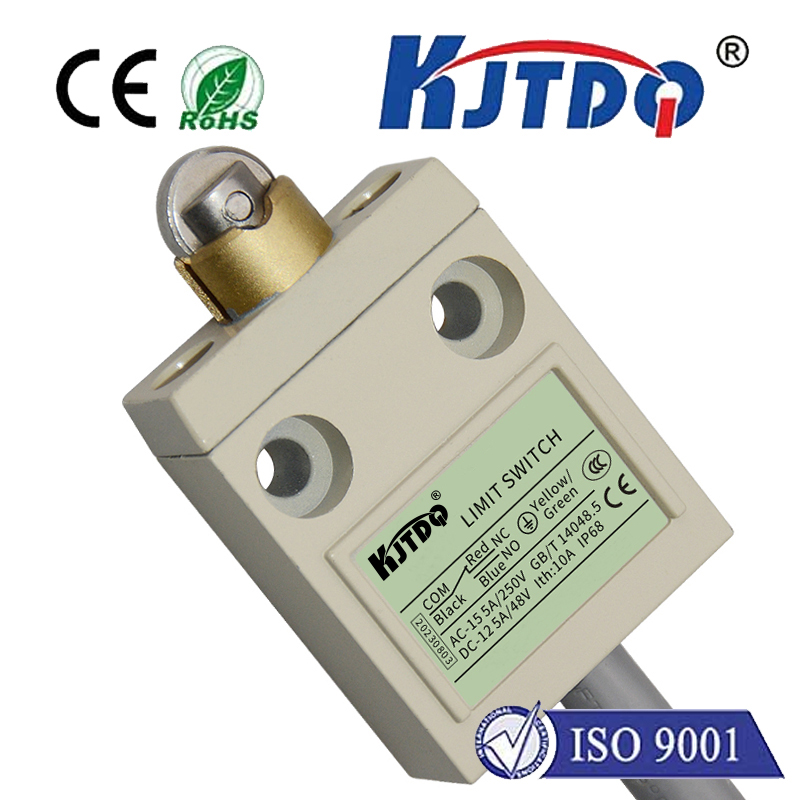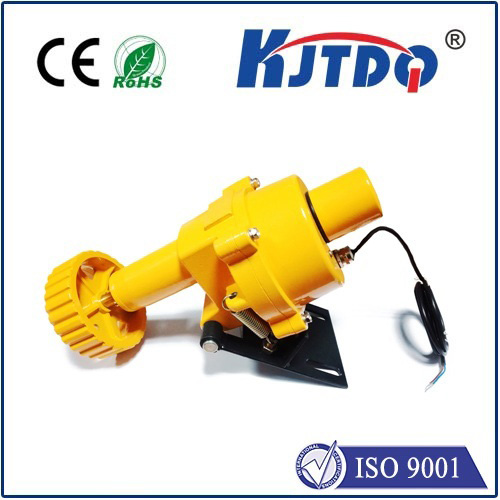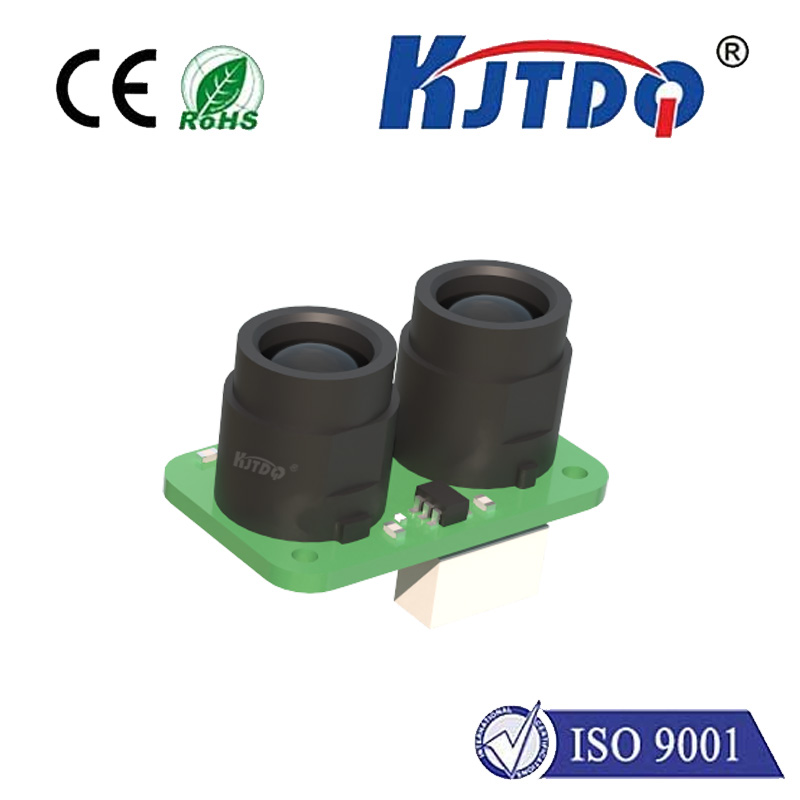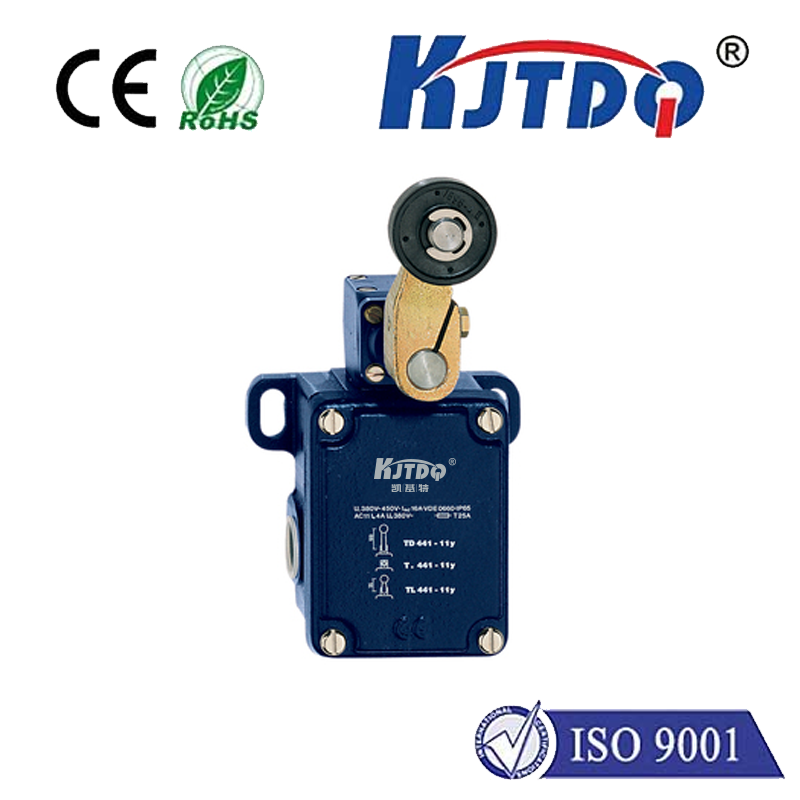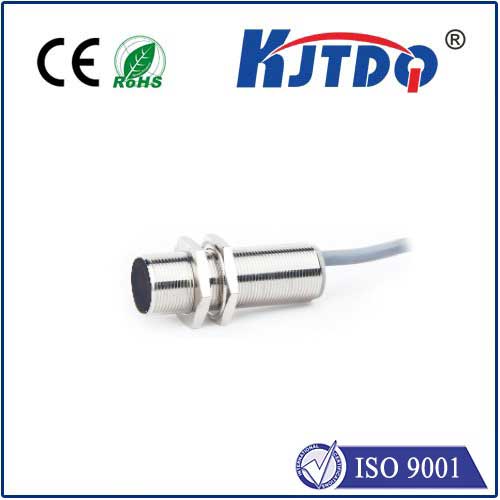BHS0062 high pressure proximity sensor
- time:2025-10-02 06:49:19
- Click:0
BHS0062 High Pressure Proximity Sensor: Uncompromising Detection in Demanding Environments
Imagine a critical hydraulic system operating under immense pressures, thousands of PSI coursing through heavy-duty cylinders. Monitoring the precise position of pistons or valves within this unforgiving environment isn’t just useful; it’s essential for safety, efficiency, and preventing catastrophic failure. Standard sensors often buckle under such strain. This is the exacting realm where specialized sensors like the BHS0062 high pressure proximity sensor become indispensable, serving as the unflinching eyes within the pressure chamber.
The BHS0062 isn’t your average proximity switch. It represents a category of robust, non-contact sensing devices meticulously engineered to function flawlessly in environments subjected to extreme fluid pressures – pressures that would render conventional sensors useless or, worse, a safety hazard. These sensors play a pivotal role in countless industries, from manufacturing heavy machinery and aerospace hydraulics to oil & gas exploration and high-pressure testing rigs.
Understanding the Core Challenge: Pressure as the Adversary
Traditional inductive or capacitive proximity sensors work superbly in standard atmospheric conditions. However, introduce extreme hydraulic or pneumatic pressure, and several problems arise:
- Seal Failure: Standard sensor housings and seals can deform, crack, or leak under sustained high pressure. This leads to fluid ingress, sensor malfunction, potential system contamination, and safety risks.
- Diaphragm Distortion: Some sensors using diaphragms for pressure sensing or sealing can experience distortion, altering their sensing characteristics or causing false triggers.
- Material Stress: Constant exposure to high pressure fatigues materials not specifically rated for it, leading to premature failure.
- Installation Integrity: Threads and mounting points must withstand not just vibration but also the immense forces exerted by pressurized fluids trying to escape.
The BHS0062 Design Philosophy: Engineered for Resilience

The designation “BHS0062” typically signifies a specific sensor model within a manufacturer’s lineup, characterized by its exceptional pressure tolerance. Key design features often incorporated include:
- Robust Pressure Housing: Constructed from high-grade stainless steel (like 316L or 17-4PH) capable of withstanding pressures often exceeding 10,000 PSI (690 bar), sometimes much higher depending on the specific variant. This housing acts as a rigid pressure barrier.
- Advanced Sealing Solutions: Utilizing specialized high-pressure seals, often multiple redundant O-rings (e.g., FKM/Viton, Kalrez) designed explicitly for dynamic or static high-pressure applications. These are critical for maintaining integrity at the face seal and cable entry points.
- Optimized Sensing Face Design: The active sensing face is reinforced to resist deformation under pressure, ensuring consistent detection distance and switching characteristics remain stable.
- High-Pressure Connection: Featuring robust, high-pressure-rated electrical connections (e.g., MIL-DTL-5015, SAE J2184, or specialized OEM variants) that prevent fluid leakage along the cable path.
- Ingress Protection (IP Rating): While pressure rating is paramount, these sensors typically boast high IP ratings (like IP67, IP68, or IP69K) as well, protecting against dust and water ingress independently of the pressure resistance.
How the BHS0062 Works: Inductive Sensing at its Most Rugged
Most high pressure proximity sensors like the BHS0062 utilize the inductive sensing principle. Here’s a simplified breakdown:
- An oscillator circuit within the sensor generates a high-frequency electromagnetic field at its active face.
- When a metallic target (like a piston or spool) enters this field, it induces eddy currents within the target.
- These eddy currents draw energy from the oscillator, dampening its amplitude.
- A signal evaluation circuit detects this change in oscillation amplitude.
- Once the amplitude drops below a defined threshold (indicating a target within the preset sensing range), the sensor’s output state switches (e.g., PNP transistor switches “ON”).
- Crucially, the BHS0062’s internal cavity behind the sensing face is typically filled with a non-compressible medium (like epoxy or specialized oil) and pressure-balanced. This means the extreme external hydraulic pressure is counteracted by internal pressure (achieved via a pressure transmitting element like a diaphragm or piston), preventing housing distortion and protecting the sensitive electronics. This pressure balancing is key to its long-term reliability under stress.
Key Advantages: Why Specify a Sensor Like the BHS0062?
Choosing a dedicated high pressure proximity sensor like the BHS0062 offers compelling benefits:
- Reliability Under Pressure: Unparalleled performance and longevity in high-pressure hydraulic and pneumatic systems.
- Enhanced Safety: Robust sealing prevents leaks that could lead to hazards like oil spraying, fires, or uncontrolled machine movements.
- Reduced Downtime: Minimizes failures caused by pressure-induced damage, lowering maintenance costs and boosting production uptime.
- Consistent Accuracy: Maintains precise switching points over time, unaffected by the surrounding pressure environment.
- Simplified Installation: Designed specifically for direct mounting into high-pressure ports or manifolds within cylinders, valves, or pumps.
- Material Compatibility: High-grade stainless steel construction offers excellent corrosion resistance.
Prime Applications: Where the BHS0062 Shines
The BHS0062 high pressure proximity sensor finds critical roles wherever pressurized systems demand precise, reliable position feedback:
- Hydraulic Cylinder Position Feedback: Detecting piston rod or internal piston position within high-pressure cylinders used in injection molding, presses, construction equipment, and marine actuators.
- Valve Spool Position Detection: Confirming the position of spools in high-pressure directional control valves.
- Pump & Compressor Monitoring: Used as end-stroke sensors or for monitoring components within high-pressure pumps and compressors.
- Pressure Intensifiers: Providing position feedback within intensifier systems generating ultra-high pressures.
- Test Stands & Pressure Vessels: Monitoring components or end-of-travel positions in high-pressure testing equipment.
- Offshore & Subsea Equipment: Essential for deep-sea applications where hydrostatic pressure is extreme.
Selecting and Implementing: Critical Considerations
When integrating a sensor like the BHS0062, meticulous attention is required:
- Pressure Rating: Ensure the sensor’s specified maximum working pressure exceeds the system’s peak operating pressure, including potential pressure spikes or surges. Factor in safety margins.
- Media Compatibility: Verify the sensor’s wetted materials (housing, seals) are compatible with the hydraulic fluid, oil, water-glycol, or other media present. Temperature affects compatibility.
- Electrical Specifications: Match the required voltage supply (e.g., 10-30V DC), output type (PNP/NPN, NO/NC), and current rating to your control system.
- Sensing Distance & Target: Confirm the nominal sensing range (Sn) is adequate for the application and that the target material and size meet the sensor’s requirements (typically ferrous steel).
- Connection Type: Choose the correct electrical connector and thread specification (e.g., G1/4”, M12x1, NPT) for seamless integration into your high-pressure port.
- Environmental Factors: Consider ambient temperature range, potential for shock/vibration, and exposure to chemicals beyond the primary pressure media.
Beyond Just Switching: The Critical Role
In high-stakes industrial environments, component failure isn’t an option. The BHS0062 high pressure proximity sensor transcends being merely a switch; it’s a vital safeguard and enabler. Its robust construction, pressure-balanced design, and reliable inductive sensing provide the confidence needed to monitor critical positions within the heart of high-power fluid systems. By delivering unwavering performance under conditions where others falter, sensors like the BHS0062 empower engineers to build more reliable, efficient, and safer machinery operating at the very edge of pressure capability. Whether ensuring a mold closes correctly under immense force or verifying a valve position deep undersea, its role is fundamental to modern industrial automation under pressure.






